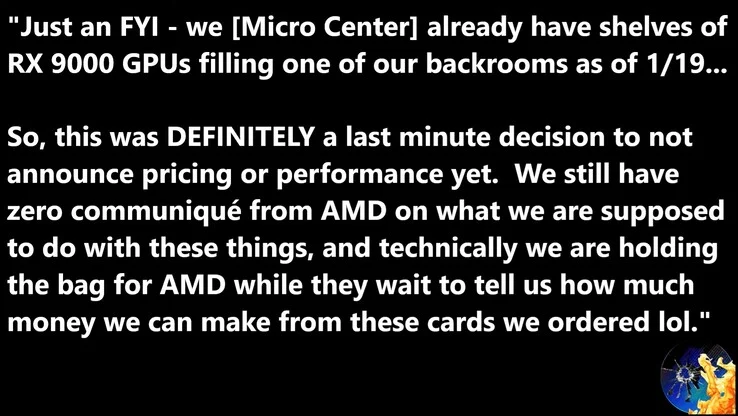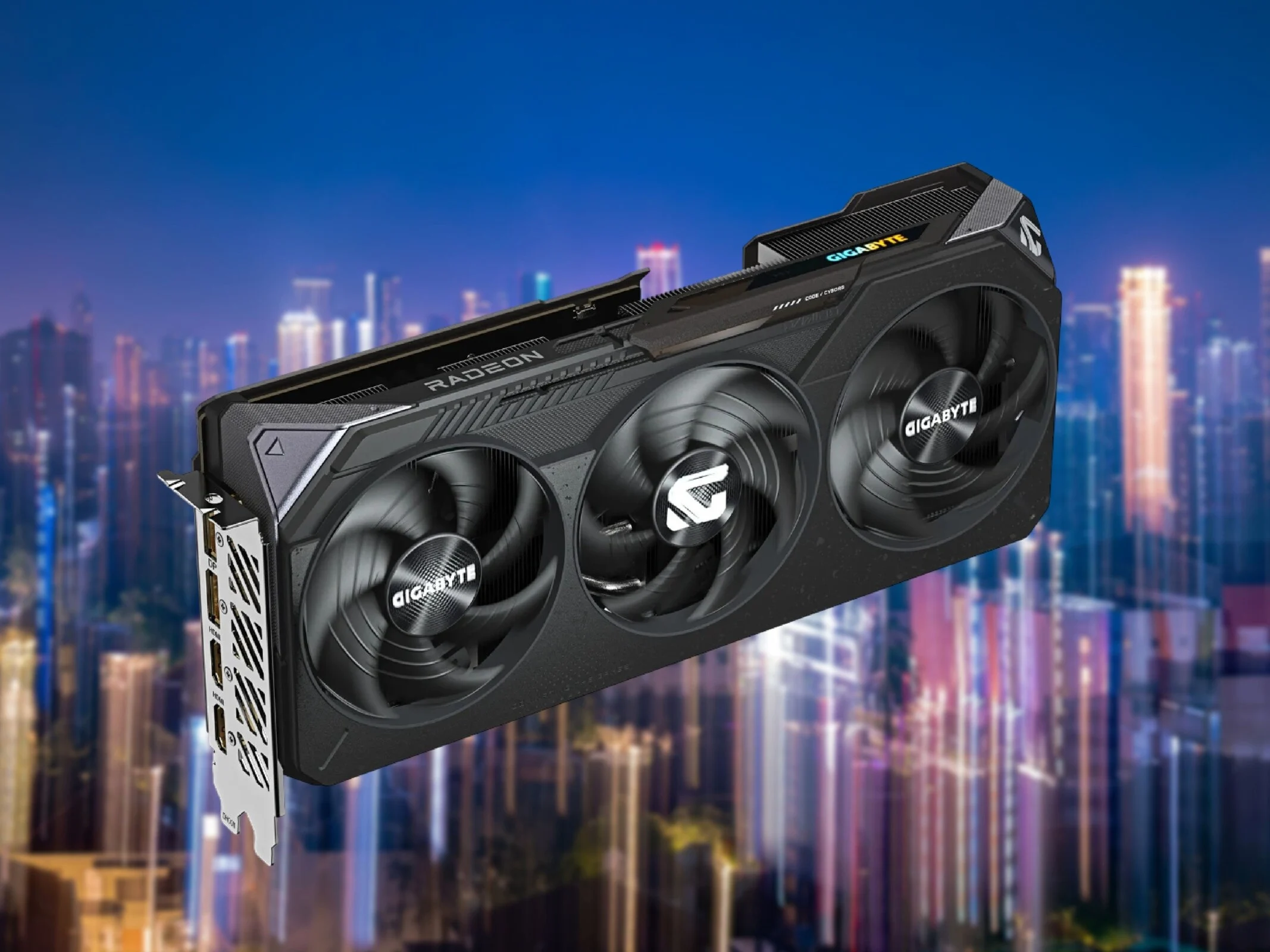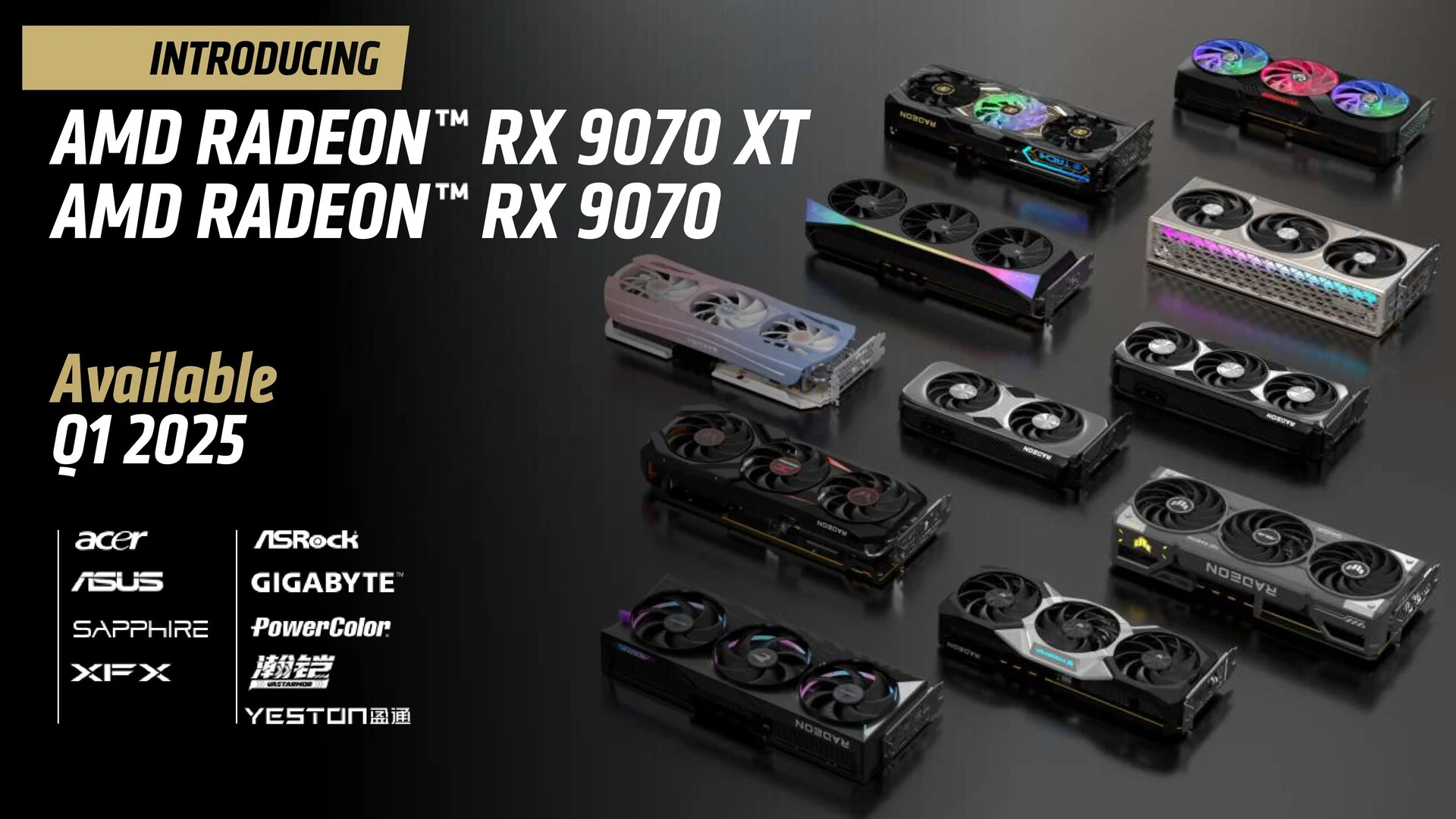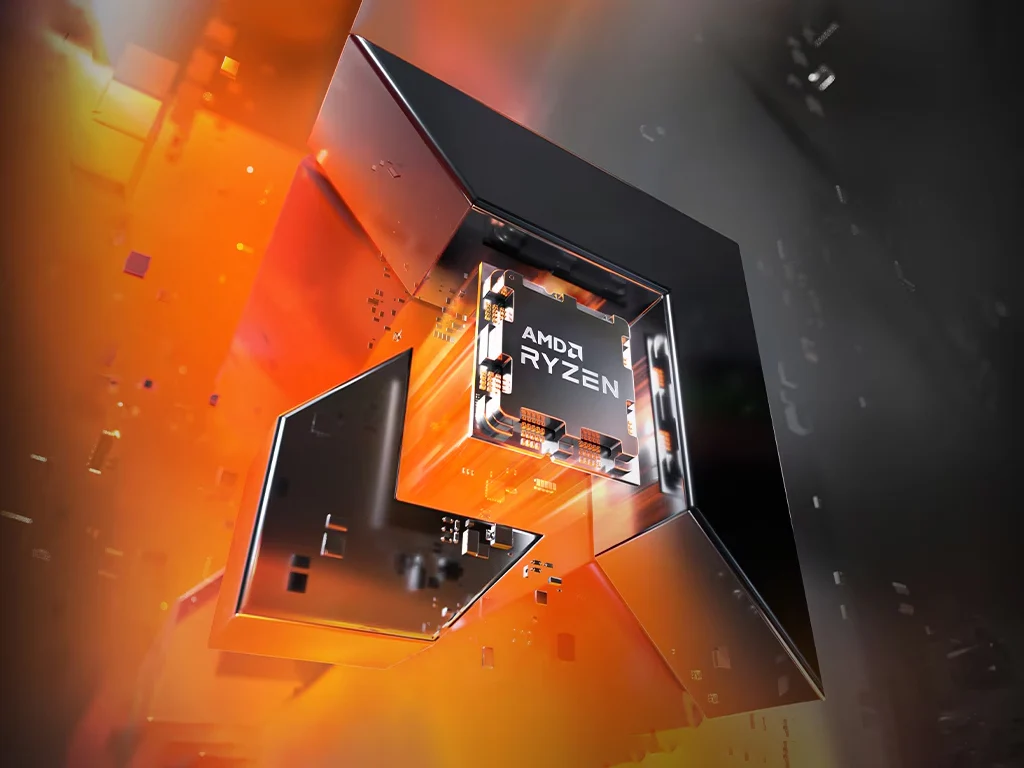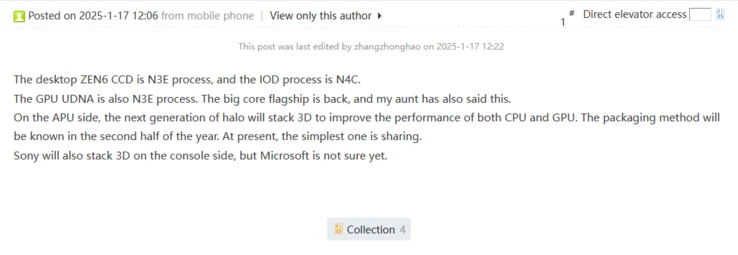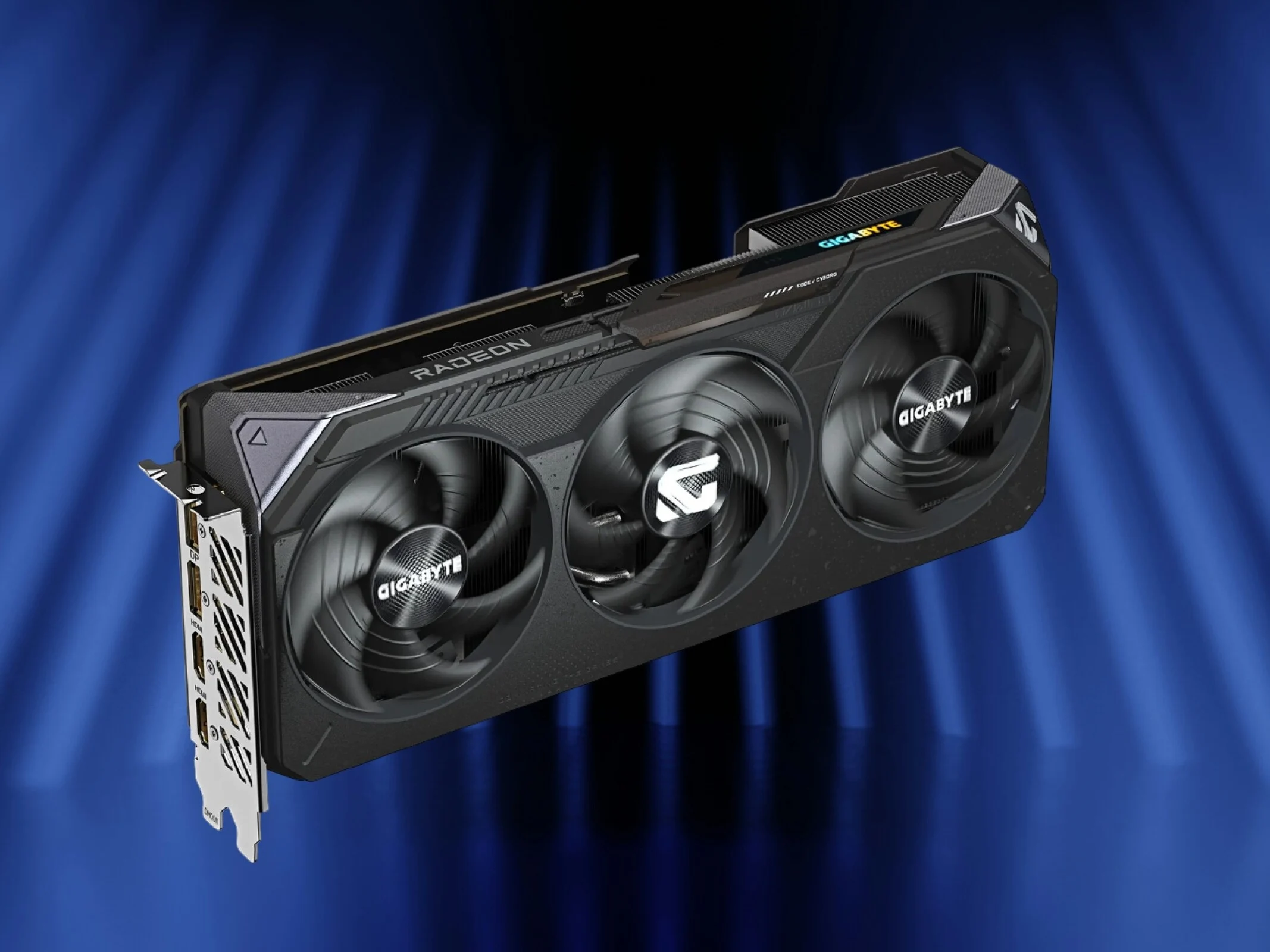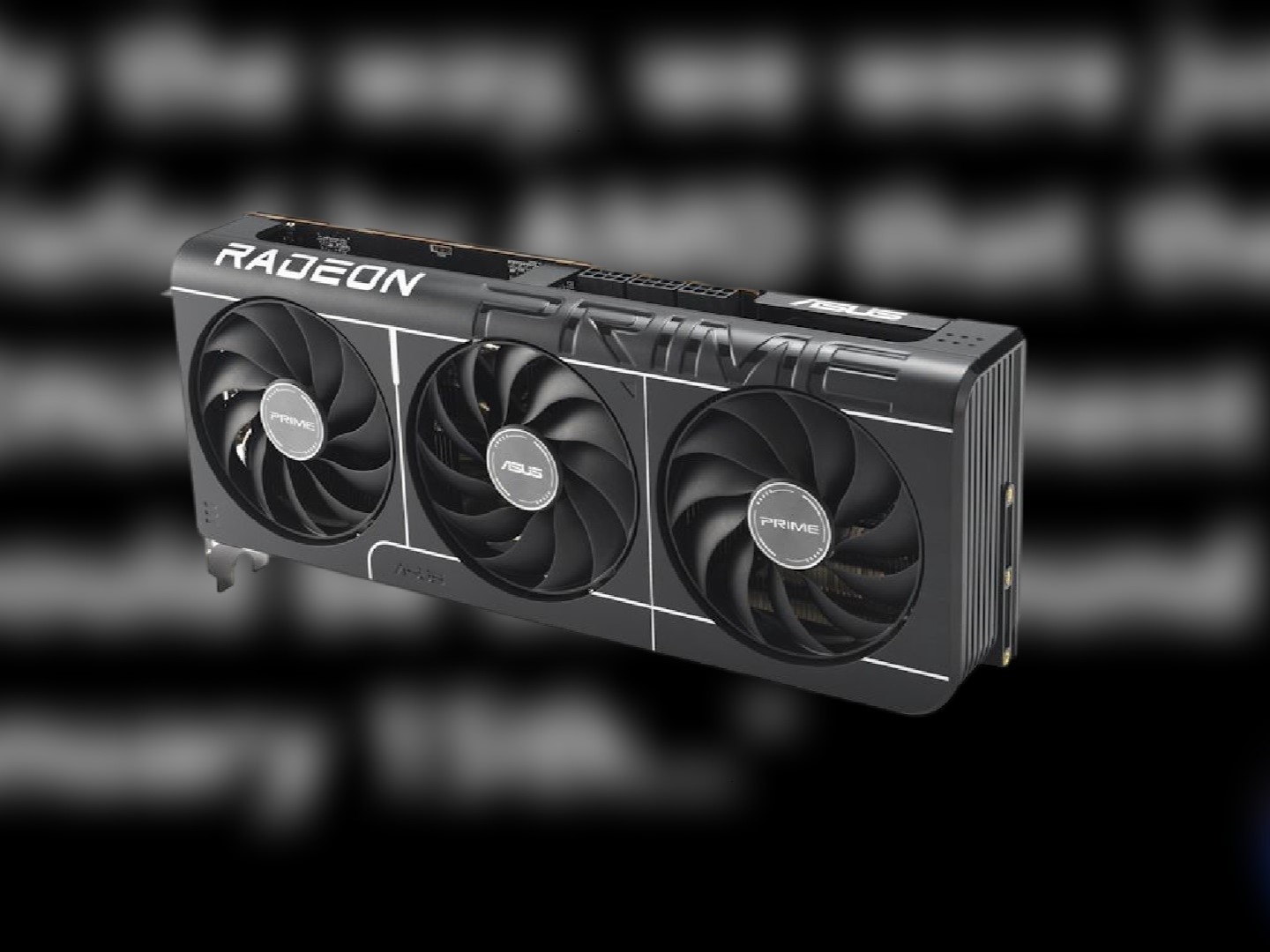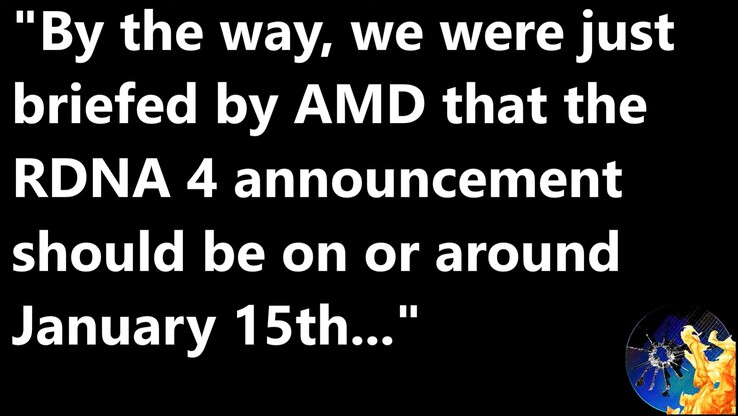As AMD shared initial details about the RDNA 4 GPUs at CES 2025, many fans were eager for a thorough announcement and impending launch. There were also rumors circulating that AMD would introduce the RX 9070 and RX 9070 XT around mid-January, aiming for a release on January 23. Unfortunately, these rumors turned out to be inaccurate, as Team Red announced yesterday that the RDNA 4 graphics cards will actually launch in March.
The Uncertainty of Leaks
This situation raises the question: Were the rumors about AMD releasing the RX 9000 series in January 2025 always incorrect, or did AMD alter their schedule at the last moment? It looks like it might be the second scenario since Moore’s Law is Dead has reported that Micro Center already possesses RX 9000 GPUs in stock. The source indicates that Micro Center has “shelves of RX 9000 GPUs” stored in one of its backrooms. It seems Team Red has left Micro Center “holding the bag,” without sharing any pricing details.
Retail Supply and Strategy
Moreover, if a leading retailer has a supply of RX 9000 cards, it’s fair to assume that other stores might also have RDNA 4 graphics cards on hand. Thus, it seems AMD has opted to wait and observe the ultimate pricing, performance, and public reception of the RTX 5070/RX 5070 Ti, which is set to launch in February 2025. Given that AMD lacks a direct rival to the RTX 5090 and RTX 5080 this time, it’s crucial for the company to successfully launch the RX 9070 and RX 9070 XT regarding price and performance. Pushing back the RX 9070/XT release to March allows AMD the ideal chance to achieve that.
Waiting for the Launch
Now, all we can do is wait and see if the expected pricing and performance of the RX 9070/XT align with reality. Regarding the performance metrics, leaks suggest that both the RX 9070 and RX 9070 XT will exceed the rasterization capabilities of the RX 7900 XT and RX 7800 XT, respectively. The ray tracing performance is rumored to see a significant boost, with the RX 9070 XT anticipated to surpass the RX 7900 XTX in this area.
In terms of pricing, the RX 9070 XT might be positioned between $479 and $550, while the RX 9070 is expected to be under $500. That said, GPU pricing can be quite unpredictable, and last-minute changes are always a possibility. Therefore, it’s wise to approach this information with caution.
Source:
Link
